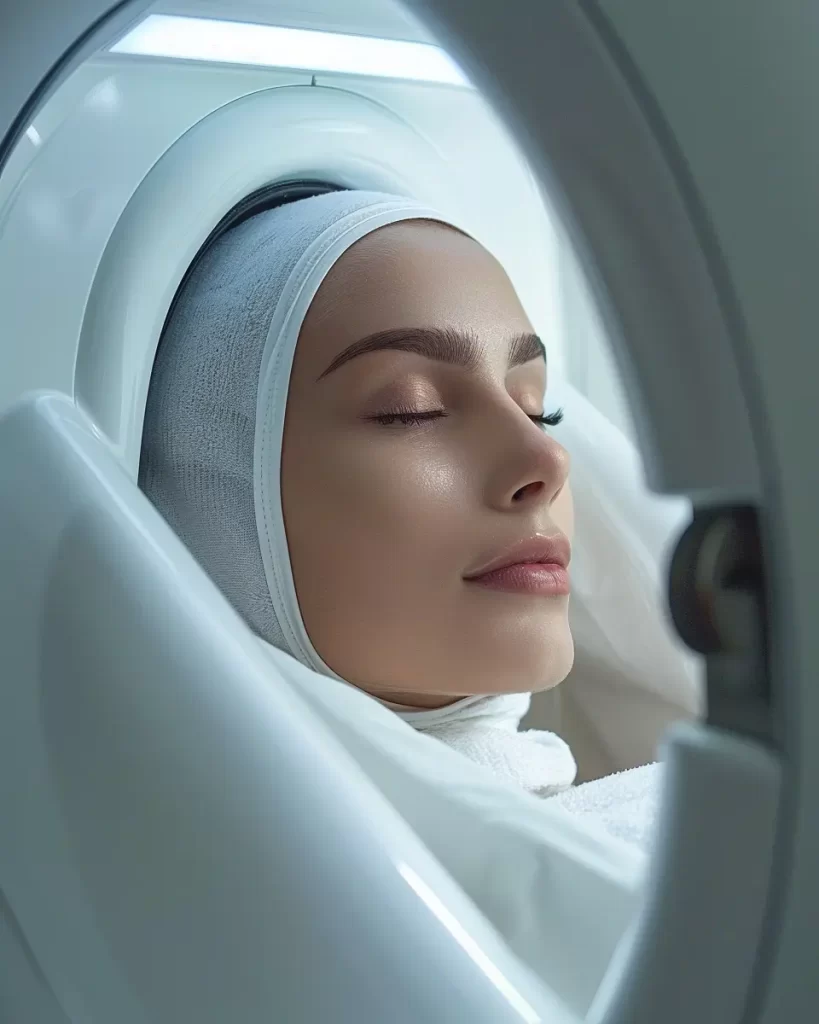Aging is an inevitable process that affects every living organism, and humans are no exception. Over the years, scientists have been researching various methods to slow down or alleviate the symptoms of aging. One such method that has gained attention in recent years is the use of hyperbaric chambers. These chambers, typically used for medical purposes, involve breathing pure oxygen at increased atmospheric pressure. This article delves into the potential effects of hyperbaric chambers on aging and explores the current scientific understanding surrounding this topic.
Understanding Hyperbaric Chambers:
Hyperbaric chambers are sealed enclosures that allow individuals to breathe in 100% oxygen while the atmospheric pressure is increased above sea level conditions. This process creates a unique environment that facilitates oxygen delivery to tissues and organs throughout the body. Originally developed for treating decompression sickness and enhancing wound healing, hyperbaric oxygen therapy (HBOT) has since been investigated for its potential impact on aging-related processes.
Mechanisms of Action:
- Increased Oxygenation: Hyperbaric chambers enable the body to take in higher levels of oxygen, which can enhance oxygen delivery to tissues and promote the function of various organs. This increased oxygenation may aid in cellular repair and regeneration processes, potentially slowing down the aging process.
- Reduction of Inflammation: Chronic inflammation is closely linked to aging and age-related diseases. Studies have shown that HBOT can reduce inflammation by modulating immune responses and suppressing pro-inflammatory molecules. By mitigating chronic inflammation, hyperbaric chambers may contribute to healthier aging.
- Enhanced Cellular Function: Hyperbaric oxygen therapy has been suggested to improve mitochondrial function, the powerhouse of cells responsible for energy production. By optimizing mitochondrial function, cells may become more efficient and resilient, potentially promoting longevity and reducing age-related decline.
Research and Findings:
While the concept of hyperbaric chambers impacting aging is intriguing, scientific research in this area is still limited. However, some studies have yielded promising results:
- Telomere Length: Telomeres are protective caps at the end of chromosomes that shorten with each cell division and are associated with cellular aging. In a small pilot study, it was found that HBOT was associated with an increase in telomere length in healthy aging adults, suggesting a potential anti-aging effect.
- Cognitive Function: A study involving older adults with mild cognitive impairment showed that HBOT sessions resulted in improved cognitive function and quality of life measures. The enhanced oxygenation and increased blood flow to the brain might have contributed to these positive effects.
- Wound Healing: Hyperbaric oxygen therapy has long been recognized for its efficacy in wound healing. By promoting tissue oxygenation, HBOT accelerates wound repair, particularly in chronic wounds often associated with aging.
Conclusion:
While the research on the effects of hyperbaric chambers on aging is still in its early stages, the preliminary findings are encouraging. Hyperbaric oxygen therapy has shown potential in improving cellular function, reducing inflammation, and even influencing telomere length, all of which are associated with the aging process. However, it is important to note that more extensive research is needed to fully understand the long-term effects and optimal treatment protocols. Hyperbaric chambers may hold promise as a complementary approach to promoting healthy aging, but further investigation and clinical trials are necessary to establish their efficacy and safety in this context.
